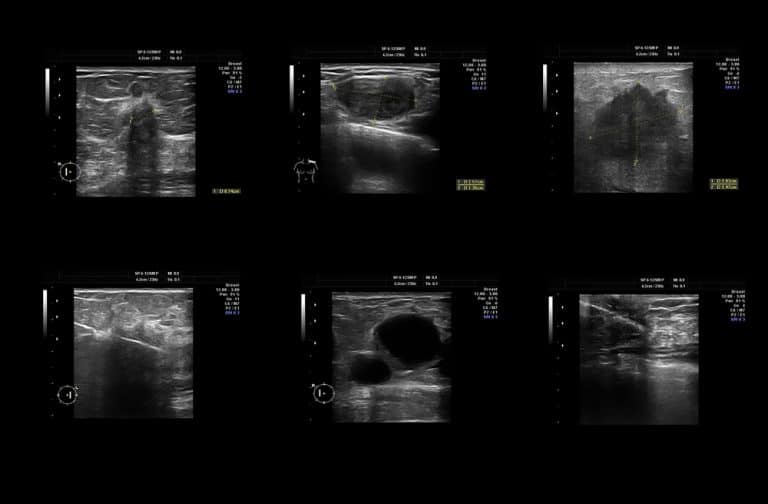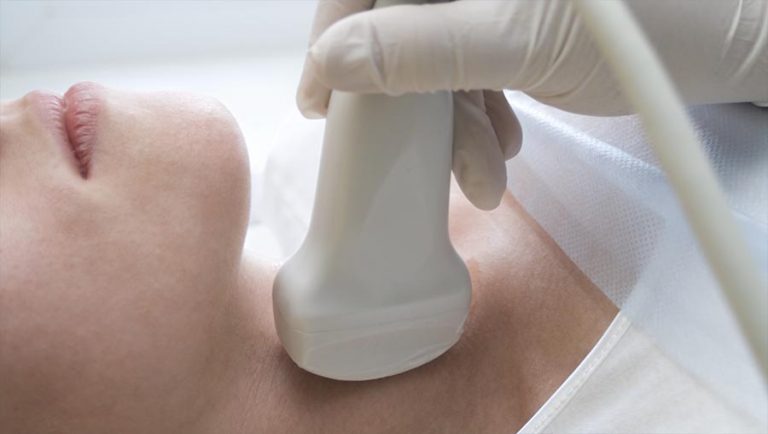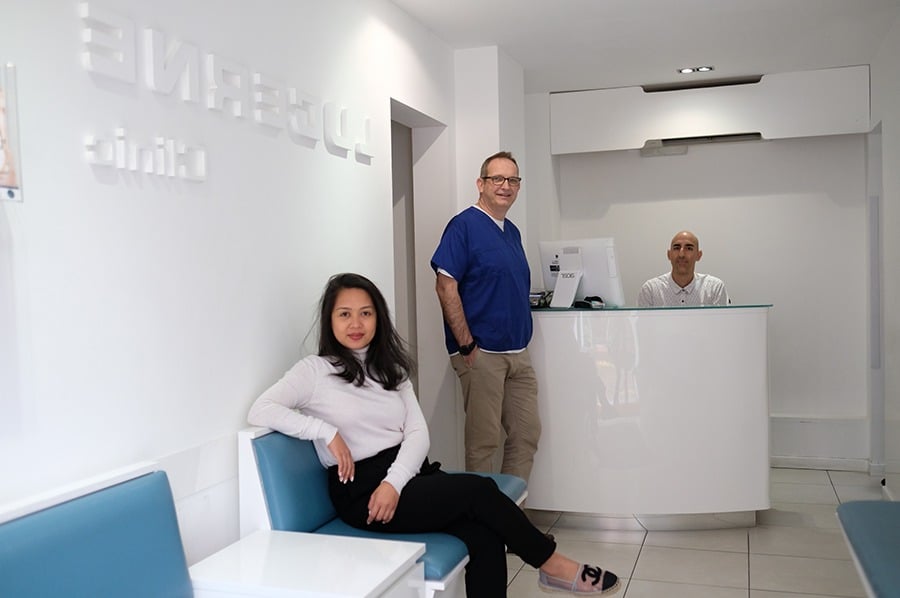This guide is designed to help you understand common terms you might encounter in your ultrasound reports. By clarifying these terms, we hope to make your medical imaging results more accessible and easier to comprehend.
A
Anechoic: Describes areas that appear completely dark on an ultrasound image because they don’t reflect sound waves. This typically indicates fluid-filled structures like cysts or blood vessels.
Acoustic Enhancement: An area of increased brightness beneath a fluid-filled structure. This happens because fluid doesn’t absorb much sound, allowing more waves to reach deeper tissues.
Acoustic Shadowing: A dark area on the image that occurs when a solid object, like a bone or stone, blocks the ultrasound waves, preventing them from reaching deeper tissues.
B
B-mode (Brightness Mode): The standard imaging mode in ultrasounds that creates a two-dimensional grayscale image of the internal structures.
Biopsy: A procedure where a small sample of tissue is taken for examination. Ultrasound often guides the needle to the exact location.
C
Cystic: Refers to a fluid-filled sac within the body. On ultrasound, cystic areas appear dark due to their anechoic nature.
Color Doppler: An ultrasound technique that uses color coding to show blood flow within vessels or organs, indicating the speed and direction of flow.
D
- Doppler Ultrasound: A method that measures and visualizes blood flow by detecting changes in the frequency of sound waves reflected from moving blood cells.
E
Echogenic: Describes tissues that reflect sound waves well, appearing brighter on the ultrasound image. This usually indicates denser or solid structures.
Echotexture: The characteristic appearance of tissues on an ultrasound image based on how they reflect sound waves.
H
Hyperechoic: Areas that appear brighter than surrounding tissues because they reflect more sound waves.
Hypoechoic: Areas that appear darker than surrounding tissues due to reflecting fewer sound waves.
I
- Isoechoic: Tissues that have the same echogenicity as surrounding areas, making them appear similar on the ultrasound image.
M
- M-mode (Motion Mode): An imaging mode that captures movement of structures over time, commonly used to assess heart motion.
N
- Nodule: A small, solid lump of tissue that can be found within organs or other body structures.
P
- Parenchyma: The functional tissue of an organ, as opposed to the supportive or connective tissue.
R
- Resolution: The ability of the ultrasound machine to distinguish between two separate points, affecting the clarity of the image.
S
Solid Mass: A mass composed of solid tissue, which appears brighter on the ultrasound image due to its echogenic nature.
Sonographer: A trained healthcare professional who performs ultrasound examinations.
T
Transducer: The handheld device that emits and receives ultrasound waves to create images of the body’s internal structures.
Transvaginal Ultrasound: An ultrasound procedure where the transducer is inserted into the vagina to obtain detailed images of the pelvic organs.
U
- Ultrasound (Sonography): A diagnostic imaging technique that uses high-frequency sound waves to produce images of structures inside the body.
V
- Varicosity: An enlarged or swollen vein, which can be visualized using ultrasound imaging.
W
- Waveform: A graphical representation of blood flow over time, often used in Doppler ultrasound studies.
If you come across other terms in your report that aren’t listed here, feel free to get in touch with us.










